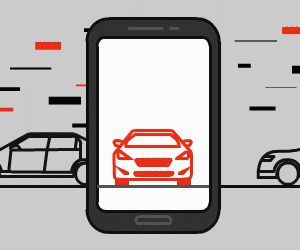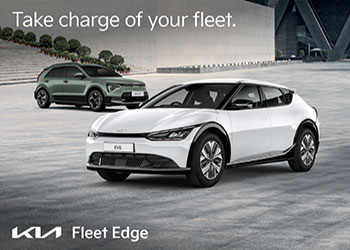New technology will see electric vehicles used to help power people’s homes, as part of a new £30 million initiative from the UK government.
Through the Industrial Strategy the government is committed to becoming a world leader in shaping the future of mobility and in the design and development of the clean technologies of the future. This investment will help deliver on that ambition, supporting vehicle-to-grid (V2G) technologies that could enable electric cars and other vehicles to deliver electricity back to the smart grid, to light homes and power businesses.
“As the number of electric vehicles grows and their battery capabilities increase, there is a huge opportunity for them to make a significant contribution to a smart grid,” Transport Minister Jesse Norman said.
“These projects are at the cutting edge of their field. Just like the visionary designs of Brunel and Stephenson in transport, they could revolutionise the ways in which we store and manage electricity, both now and in the future.”
Business Minister Richard Harrington highlighted that providing low-emissions solutions doesn’t have to come at the cost of financial prosperity.
“We have shown that growing the economy while cutting emissions, can, and should, go hand in hand,” he said.
“Vehicle-to-grid technology provides another opportunity for the UK to showcase to the world our leading expertise in game-changing automotive and low carbon technologies.”
The funding for the project has been awarded to 21 V2G projects, to pay for research and design and development, with the aim of exploring and trialling both the technology itself and commercial opportunities.
These schemes, including EDF Energy’s V2GO scheme, will demonstrate how energy stored in electric vehicle batteries could be borrowed by the electricity system during peak hours, before being recharged during the off-peak in time for their drivers to set off on their next journey.
“Electric vehicles will play an important role in the future of UK energy and its economy. They will have a beneficial impact on the environment by reducing emissions and improving air quality,” Dan Bentham, Head of R&D, Smart Customers, EDF Energy said.
“Through our research, EDF Energy will use new technologies, business models and smart systems to make low carbon transport, and the infrastructure and market conditions needed for its success, a reality.”
Where does this leave Australia?
Australia’s commitment to electric vehicles in general remains in somewhat of a gridlock. As recently as January Environment and Energy Minister Josh Frydenberg was advocating the prospects of an electric future.
“A global revolution in electric vehicles is under way and with the right preparation, planning and policies, Australian consumers are set to be the big beneficiaries,” he said.
“Better coordination of existing and future activities around research and development, charging infrastructure planning, vehicle fleet targets and financial incentives, will bode well for the industry in the exciting decade ahead.”
Yet on the other side of the fence MP Craig Kelly has stated that electric vehicles have “created more carbon dioxide pollution than petrol vehicles.”
“I’ve got no beef against electric cars … You want a level playing field towards the technologies then let them go hell-for-leather competing against each other,” he said.
With such division at government level, an expectation of Australia to follow the UK’s lead in using electric vehicles to power businesses and homes seems remote at best. Sadly for consumers and businesses, the true potential of the electric vehicle revolution will not be seen locally without significantly more government subsidies and targeted actions.











